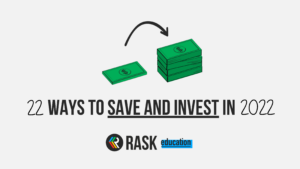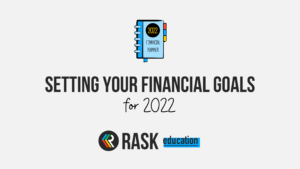A higher ROE is often better because a company with a higher ROE may be more ‘profitable’ than a company with a lower ROE.
What is Return on Equity (ROE)?
Return on Equity or ROE is a financial measure which tells you how much profit is being generated for every dollar investors have contributed.
Okay, But What is “Equity”?
Equity is the amount of money that belongs to owners of the company or property. For example, a manufacturing company that has $200 million in assets (e.g. factory, machinery and trucks) with liabilities (e.g a bank loan) of $100 million, would have: $200m – $100m = $100m in ‘equity’.
This is the famous Assets – Liabilities = Equity accounting rule.
How is ROE Calculated?
Imagine a company with $100 million of ‘equity’ on its balance sheet. If that company makes $20m in profit it has an ROE of $20m/$100m = 20%.
The higher the ROE the more profit that is being made for every dollar a shareholder has invested.
Property Market ROE
ROE can be used for property. Imagine you own an investment property that is worth $500,000 and is rented for $25,000 per year. You have a mortgage of $250,000.
First, we need to calculate equity using the famous Assets – Liabilities = Equity accounting rule.
We have a $500,000 property (asset) minus a $250,000 loan (liability), which equals $250,000 (equity).
In this example, we’ll use the rent as profit, which equals $25,000.
So the ROE of this property is 10%, or $25,000 / $250,000.
When Should I Use ROE?
You should use ROE alongside other measures like Return on Investment (ROI) and Return on Capital (ROC) to compare one company/business to another.
Risks of Using ROE
Although ROE is very powerful and common in financial analysis, you should always use more than one ratio to check your research because ROE is not perfect. You should ask yourself:
- Is the company using more debt (a liability) to improve its profit and ROE? Remember, equity is only one part of the capital used to fund a business (many will use debt to grow). Companies which use heaps of debt can grow their ROE (and look really good) because the ROE ratio does not take into account the debt used. Too much debt could be very risky.
- Is the level of profit and ROE sustainable? Some companies will have a high ROE because of a unusual jump in profit or because they have decided to use more debt. You could consider charting ROE over three or five years, for example, or using an ‘average ROE’ from the previous three years to estimate what the ROE will be moving forward.
- Have I considered the risk? ROE says nothing about risk.
[ls_content_block id=”27643″]



